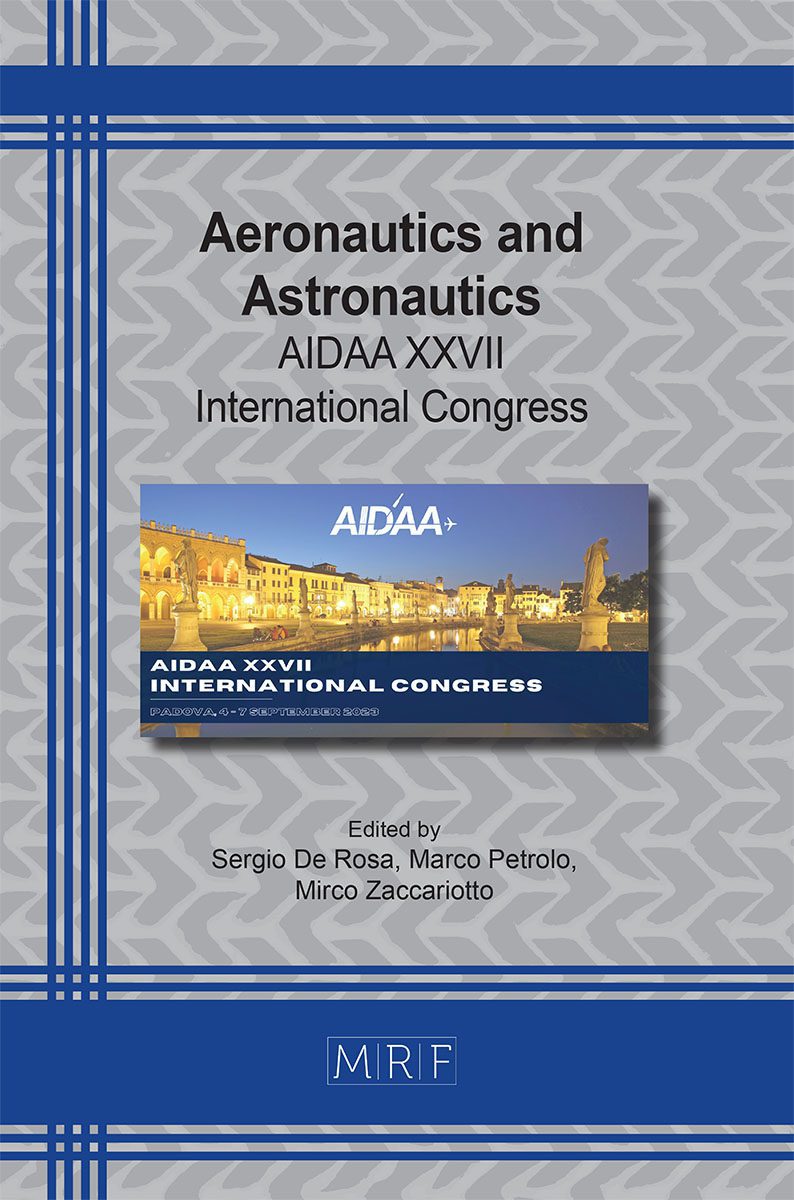Tests and simulations on 200N paraffin-oxygen hybrid rocket engines with different fuel grain lengths
Stefano Mungiguerra, Daniele Cardillo, Giuseppe Gallo, Raffaele Savino, Francesco Battista
download PDFAbstract. An experimental campaign, in the framework of the HYPROB-NEW hybrid rocket studies, was carried out on a 200N-thrust class hybrid rocket engine, using gaseous oxygen as the oxidizer and paraffin wax-based fuel, to investigate the effect of fuel grain length on motor performance and internal ballistics. Numerical analysis have been also performed to support the experimental findings. It was observed that, for given oxidizer flow rate, fuel grain length directly affects the characteristic velocity, because of its influence on residence time and mixing efficiency, so that the shortest grain configuration displayed the lowest performance. Moreover, CFD simulations provided an estimation of the regression rate profile along the grain length, providing a possible interpretation for the measured space-time-averaged fuel regression rate. Finally, a method for the rebuilding of the convective heat-transfer coefficient in the nozzle was used, based on a combination of numerical simulations and experimental acquisitions.
Keywords
Hybrid Rockets, Paraffin-Based Fuels, Characteristic Velocity, Nozzle Heat Transfer
Published online 11/1/2023, 4 pages
Copyright © 2023 by the author(s)
Published under license by Materials Research Forum LLC., Millersville PA, USA
Citation: Stefano Mungiguerra, Daniele Cardillo, Giuseppe Gallo, Raffaele Savino, Francesco Battista, Tests and simulations on 200N paraffin-oxygen hybrid rocket engines with different fuel grain lengths, Materials Research Proceedings, Vol. 37, pp 664-667, 2023
DOI: https://doi.org/10.21741/9781644902813-143
The article was published as article 143 of the book Aeronautics and Astronautics
![]() Content from this work may be used under the terms of the Creative Commons Attribution 3.0 license. Any further distribution of this work must maintain attribution to the author(s) and the title of the work, journal citation and DOI.
Content from this work may be used under the terms of the Creative Commons Attribution 3.0 license. Any further distribution of this work must maintain attribution to the author(s) and the title of the work, journal citation and DOI.
References
[1] D. Altman, et al., Hybrid Rocket Propulsion Systems, in: R.W. Humble, et al. (Eds.), Space Propulsion Analysis and Design, 1st ed., McGraw–Hill, New York, 1995, 365–370.
[2] A. Mazzetti, et al., Paraffin-based hybrid rocket engines applications: a review and a market perspective, Acta Astronaut. 126 (2016) 286–297
[3] G. D. Di Martino, et al., Two-Hundred-Newton Laboratory-Scale Hybrid Rocket Testing for Paraffin Fuel-Performance Characterization, J. Propuls. Power 35 (2019) 224-235, https://doi.org/10.2514/1.B37017
[4] D. Cardillo, et al., Experimental Firing Test Campaign and Nozzle Heat Transfer Reconstruction in a 200 N Hybrid Rocket Engine with Different Paraffin-Based Fuel Grain Lengths. Aerosp. 2023, 10, 546. https:// doi.org/10.3390/aerospace10060546
[5] S. Gordon, et al., Computer program of complex chemical equilibrium compositions and applications, NASA Ref. Publ. 1311 (1994).
[6] G. Gallo, et al., New Entrainment Model for Modelling the Regression Rate in Hybrid Rocket Engines, J. Propuls. Power 37 (2021) 893-909, https://doi.org/10.2514/1.B38333































